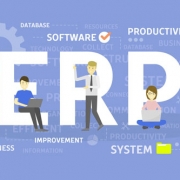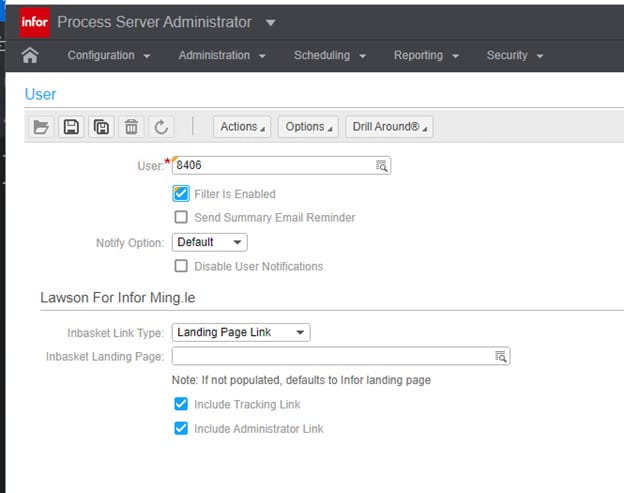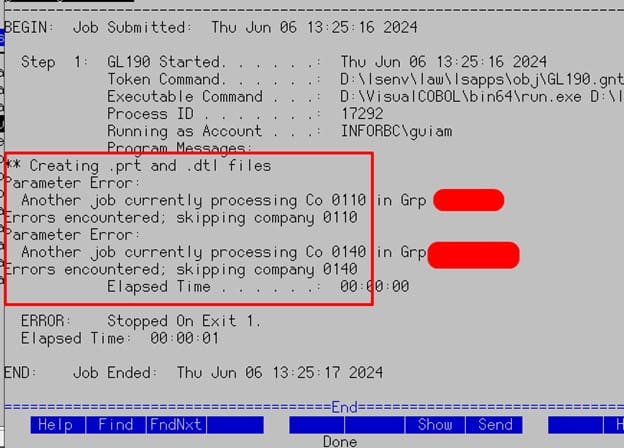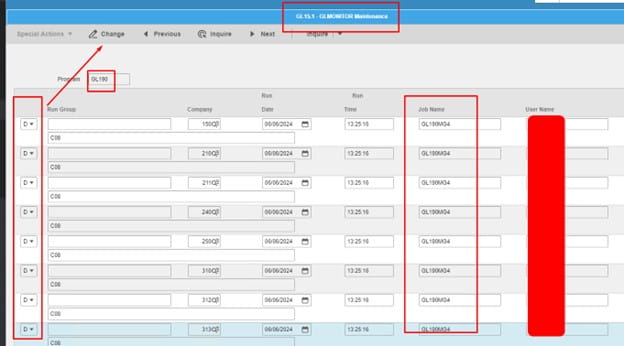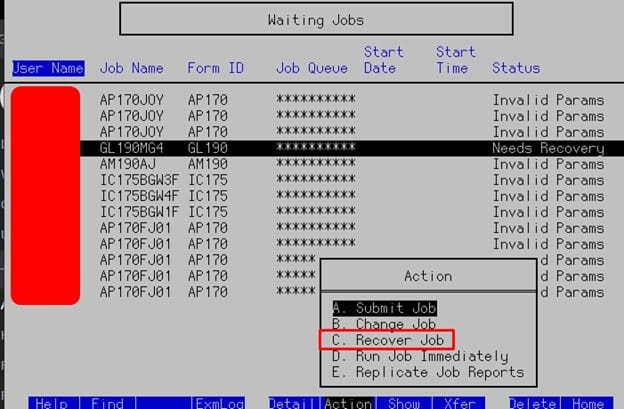In an increasingly connected world, data protection is more critical than ever due to the rise in cybercrime and the complexity of network access. In 2023, cyber attacks surged by 72%, with the average data breach costing nearly $4.88 million. To mitigate these risks, the Lookout Cloud Security Platform team shares an article on MSSPAlert.com highlighting 7 best practices in data security to crush bad actors and adopt robust data security within your organization.
Key practices include:
- Encryption: Protects data by limiting access through real-time encryption, ensuring that only authorized users can access sensitive information.
- Data Loss Prevention (DLP): Involves monitoring and controlling sensitive data to prevent unauthorized access or loss, helping organizations comply with regulations like GDPR and HIPAA.
- Data Backups: Regularly backing up data offsite ensures recovery in the case of breaches or disasters.
- Data Masking: Generates fake but usable data for testing purposes, protecting sensitive information from exposure.
- Multi-Factor Authentication (MFA): Adds an extra layer of security by requiring multiple forms of verification before granting access.
- Zero-Trust Adoption: Emphasizes continuous verification of user identities and limiting access to necessary permissions, countering traditional security assumptions.
- User Activity Monitoring: Utilizes behavior analytics to detect unusual activity, helping identify potential threats from both external actors and internal users.
By following these practices, organizations can significantly reduce their risk of data breaches and enhance overall security.


